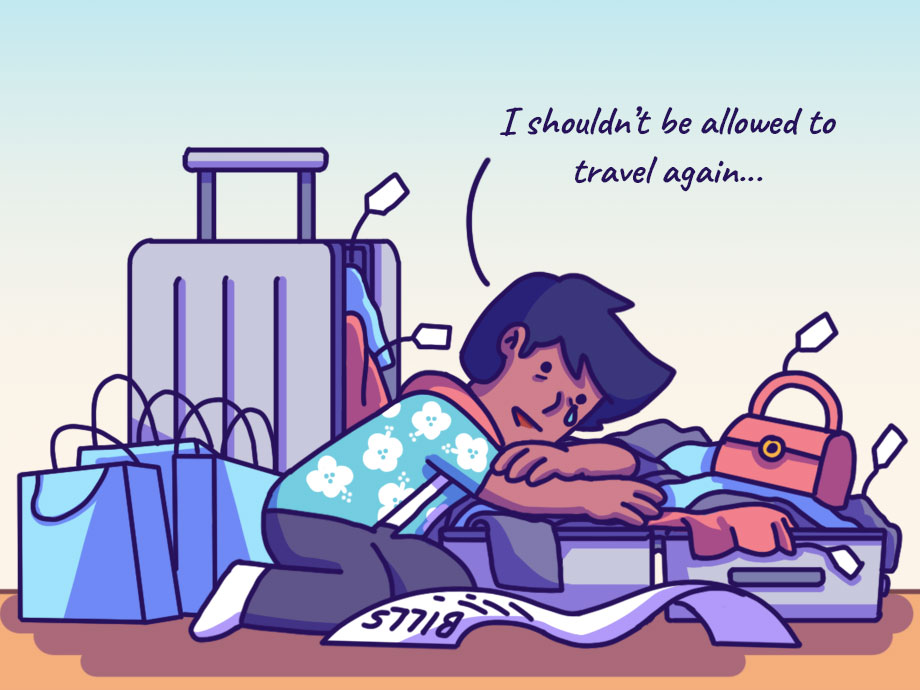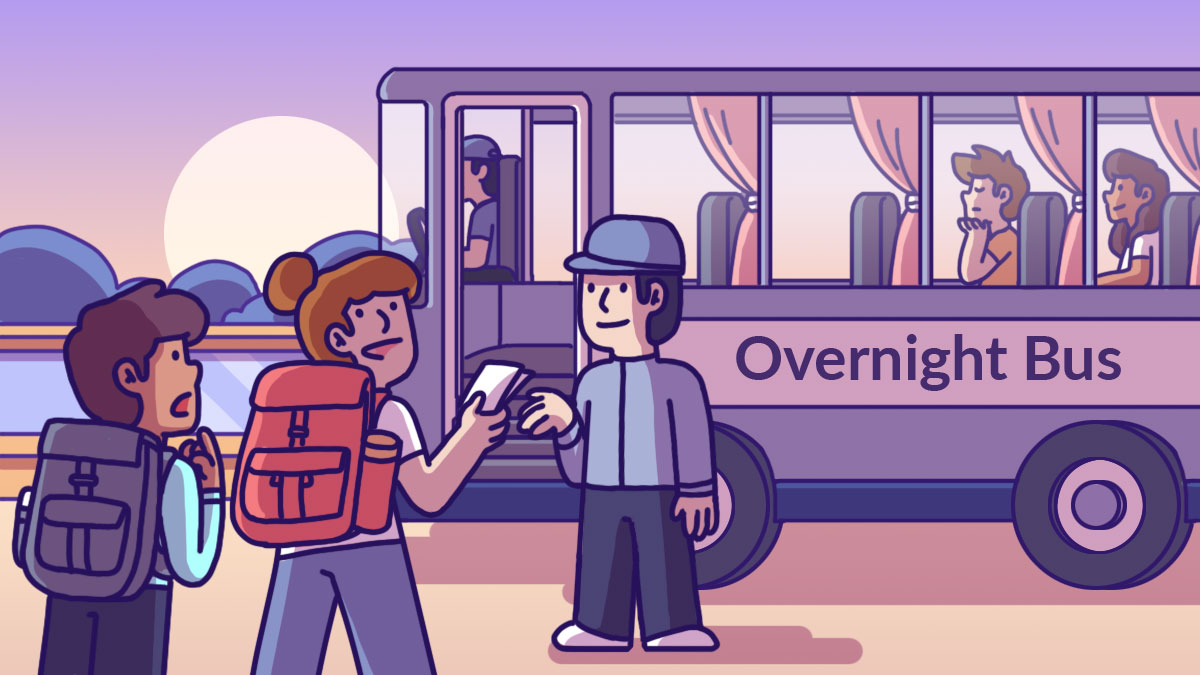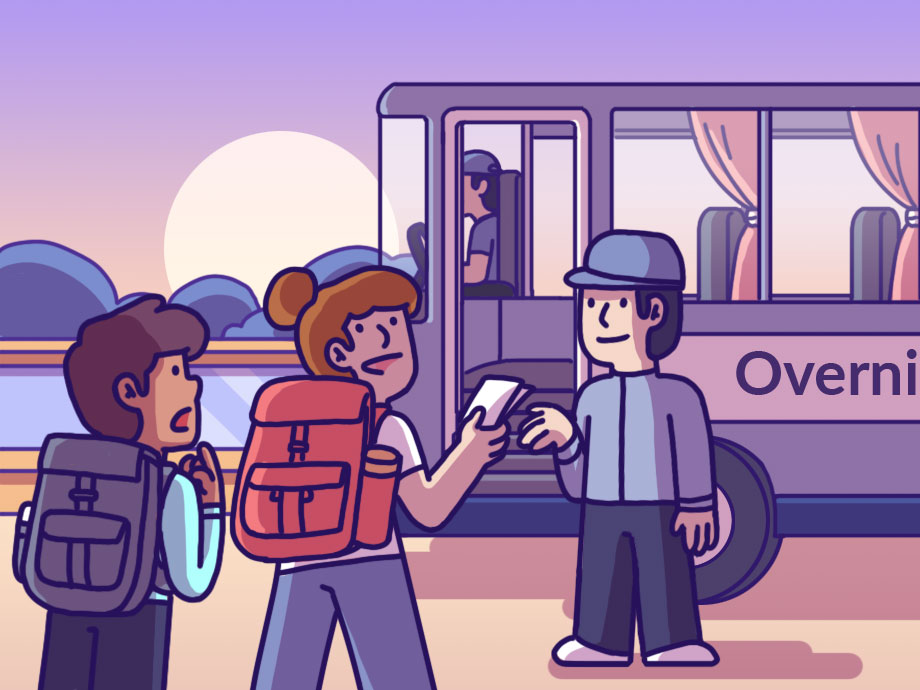Budgeting | Life | Personal Finance | Travel | Article
‘Sky-High’ Price Tag: How Sustainable Aviation Fuel Will Make Your Flights Cost More
by The Simple Sum Team | 21 Mar 2024 | 4 mins read

If you’re a frequent flyer, we’ve got some news that might put a dent in your jet-setting plans.
Starting in 2026, you might be shelling out more for your flights out of Singapore, thanks to a new sustainable aviation fuel (SAF) levy imposed by the government on airlines’ fuel purchases.
Depending on how far you’re flying and where in the cabin you’re sitting – whether in business with the elites or in economy with the rest of us plebs – you could be looking at, at least, an extra S$3 tacked onto your ticket price.
What is sustainable aviation fuel?
It’s an eco-friendly alternative to conventional jet fuel, derived from renewable sources such as waste oil, crops, and synthetic e-fuels.
SAF is a win for the environment, slashing CO2 emissions by up to 80%. But going green comes at a cost – quite literally.
Related
How much more do I have to fork out?
SAF is considerably pricier than conventional jet fuel, driving airline operation costs higher. But airlines are probably not going to swallow the entire cost of the levy themselves. The cost will likely be shared between us and the airlines.
The Civil Aviation Authority of Singapore (CAAS) estimates that economy class passengers on short-haul flights, medium-haul flights, and long-haul flights may pay an additional S$3, S$6, and S$16 respectively.
And if you’re flying business or first class, you may have to pay higher rates. Not so great news for the miles chasers among us planning to redeem award tickets.
Other countries are going green too
Singapore’s target for SAF usage is 1% of all jet fuel in Changi and Seletar Airport by 2026, with an increased target of 3% to 5% by 2030, subject to global developments.
But Singapore isn’t the only one on the green bandwagon. In recent years, governments worldwide have been pushing for cleaner skies.
From Malaysia to Australia, everyone’s setting targets to increase SAF usage. The UK and Japan are aiming for 10% of their jet fuel to be low carbon by 2030 while the EU has a more ambitious target of 70% by 2050.
While these targets sound great for the planet, they’re not coming cheap. Airlines are facing the prospect of higher operating costs. And as we know all too well, when costs go up for airlines, they often get passed down to us, the passengers.
Sure, SAF is crucial for the aviation sector’s goal of going carbon neutral by 2050. But right now, it costs three to five times more than regular jet fuel.
Despite production increasing, SAF supply is still not enough to meet the aviation industry’s total fuel requirement. High production costs, limited availability of sustainable feedstocks, and continuing development of production technologies may keep SAF costs high for the time being.
Related
A spark of hope
The SAF levy will be set at a fixed rate based on projected fuel prices and SAF volume needed to achieve targets. So, you may not have to worry about the cost varying wildly.
In addition, as more players enter the SAF market and production matures, SAF prices could start coming down.
What can you do?
If travel is a life experience you care about, here are some steps you can take to ensure you’re being cost-effective about it:
- If you don’t have a budget, start one. A budget ensures that you’re not overspending and keeps you fully in control of your money.
- Plan early by setting a travel budget for the year. Look at your finances and decide how much you can realistically afford to spend on flights and other travel expenses.
- Use price comparison tools like Skyscanner and Google Flights to find the best deals. Set up price alerts to catch any price drops.
- Look into alternative modes of transport like trains or buses for shorter, feasible distances like Malaysia. These options tend to be cheaper, and not to mention more environmentally friendly.






















